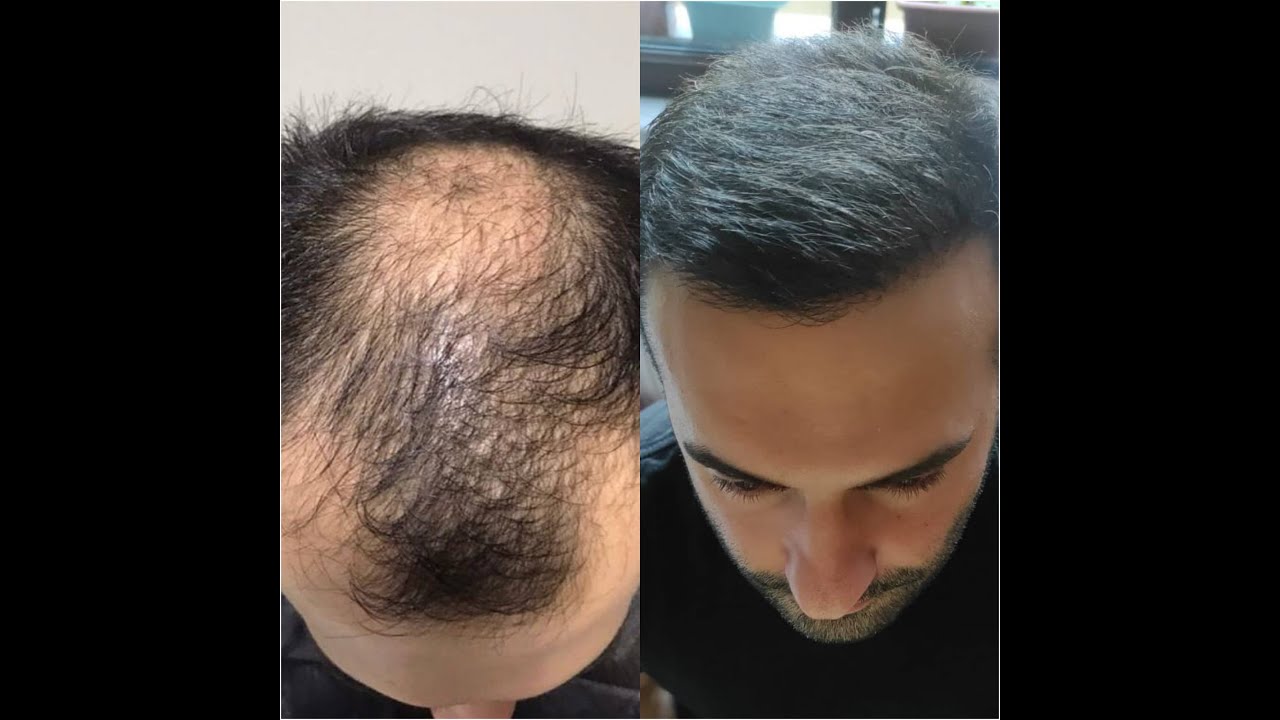Hair restoration is a term used to describe a variety of procedures that can be used to improve hair growth or density. Hair restoration procedures can be used to treat male pattern baldness, female pattern hair loss, and other types of hair loss.
The most common type of hair restoration procedure is a hair transplant. Hair transplants involve moving hair follicles from a donor area, such as the back of the scalp, to a bald or balding area. Hair transplants can be performed using two different techniques: follicular unit transplantation (FUT) and follicular unit extraction (FUE).
FUT is a more traditional hair transplant technique that involves removing a strip of skin from the donor area. The strip of skin is then divided into individual hair follicles, which are transplanted to the bald or balding area. FUE is a newer hair transplant technique that involves removing individual hair follicles from the donor area with a needle or punch. FUE is less invasive than FUT, but it can be more time-consuming.
Other types of hair restoration procedures include:
- Platelet-rich plasma (PRP) injections: PRP injections involve injecting platelet-rich plasma into the scalp. Platelet-rich plasma is a blood product that contains growth factors that can stimulate hair growth.
- Scalp micropigmentation: Scalp micropigmentation involves creating the appearance of hair follicles on the scalp using a tattooing technique. Scalp micropigmentation is not a permanent solution for hair loss, but it can be a good option for people who want to cover up bald spots or thinning hair.
If you are considering hair restoration, it is important to talk to a board-certified plastic surgeon or dermatologist to discuss your options. The best hair restoration procedure for you will depend on your individual needs and goals.






